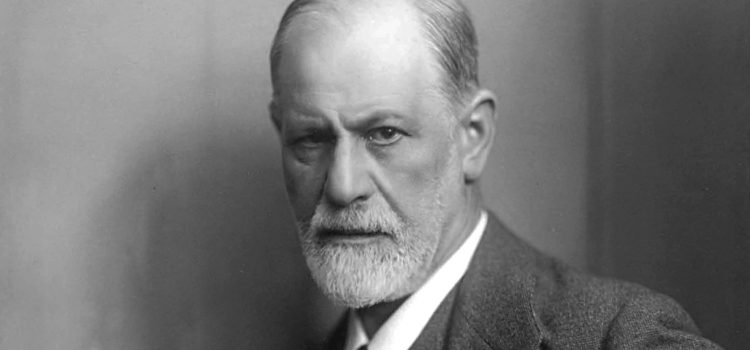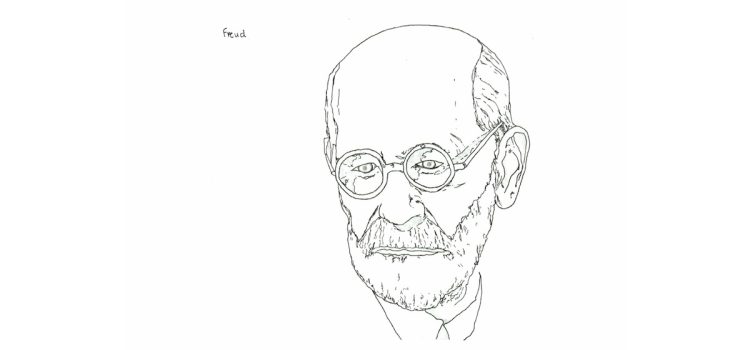Is it possible to reduce or reverse the symptoms of aging? What medical anti-aging strategies does Nicklas Brendborg suggest? Nicklas Brendborg, in his book Jellyfish Age Backwards, uses Turritopsis dohrnii—the immortal jellyfish—as an entry point to explore the latest research on longevity. He discusses two scientific methods of anti-aging: medications and cellular engineering. Continue reading for a closer look at each one.
2 Medical Anti-Aging Strategies From Jellyfish Age Backwards










